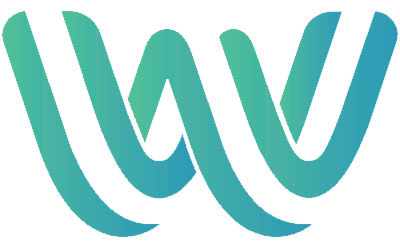Yield farming is an investment activity where you use the cryptocurrency you own to earn new cryptocurrency. It is an “on-chain” investing activity, which means it takes place on a public blockchain outside of centralized exchanges. By providing the correct combination of tokens to a decentralized application or dapp, it will begin to issue you tokens that you can claim. Earnings typically come in 2 forms – single coin staking, and liquidity pools. Single coins staking involves depositing your cryptocurrency into a pool and often receiving the same token as a reward. A liquidity pool requires 2 crypto assets to be paired together into an LP token, which then receives yield as a single entity.
Successful yield farming involves several stages, these are Discovering, researching, strategizing, executing, and exiting. We’ll discuss each of these steps in more detail for the remainder of this video.
Once you’ve discovered a yield farm investment opportunity you want to begin to understand it. Why do yield farms even exist in the first place? First off, yield farming is one way crypto protocols operate and distribute their tokens to users. The wide distribution of a token is desirable to jumpstart a marketplace, and the distribution of the token can help bring new assets into the protocol. Rewards also encourage the community to hold the coin rather than selling it and can therefore encourage price growth. Liquidity pools on the other hand have an important role to play in ensuring that people can easily trade in and out of a currency pair. In some cases, yield farm activities are appealing because they give the user extra tokens for holding a coin that they would have held anyway because they’re passionate about the project. In other cases, the yield itself is enough to draw people’s attention, and they may be involved simply for the high yield, without necessarily being passionate about the underlying project. This is where research becomes especially important, as some projects with high yields are not supported by good quality projects, and therefore have a high probability of failure.
Therefore, when Researching your yield farm, try to answer some basic questions to determine the quality of the project. Who is the team behind this farm or project? What are their goals? Do they have a long-term vision? What do they require you to do to earn tokens? Is there a lockup and when can you get your money back? When do you want to exit this investment? Which blockchain does this project use? How do you earn and claim the tokens? Answering these questions will help you decide if a yield farm is still worth considering.
Next comes strategizing. Here you need to consider the risk vs rewards. Although the rewards from yield farming can be very high, they also carry a good degree of risk. Crypto assets are very volatile and can move sharply up or down. With liquidity pools, this also brings the potential for impermanent loss. To learn more about impermanent loss please watch our dedicated video linked in the top right of this video. Another risk is that yields fluctuate and can go up as well as down. This means the risk vs reward is ever-changing. What started our an appealing farm because of it’s high yield, may quickly become too risky if the yield suddenly drops, or the underlying token is not performing well.
Cryptocurrency holders and stakers are also exposed to the risks of bugs, hacking, or other malicious activities. These risks should be considered when holding any cryptoassets.
Now you understand the risks of yield farming, it’s time for execution: Things to consider here are “What are the benefits of yield farming and how can I optimize it for maximum return?” To begin yield farming, you need to collect the correct set of tokens. This will involve converting some of your crypto assets into the tokens you want to yield farm using an exchange. Once you have the correct set of tokens, you can interact with a deposit Dapp contract on the yield farm you’ve researched.
Once you have deposited funds you will start to earn yield. Often, you will need to claim these rewards by paying the gas fees for minting them into your crypto wallet. Some farms will have vesting periods for rewards, whilst others will allow you to withdraw and immediately compound your gains. If yield farming with Weave, however, you can set your yield farming parameters exactly as you want them, compounding or withdrawing as much yield as you like. You can even set the yield to convert into other tokens so that you build a portfolio of crypto assets from the yield.
